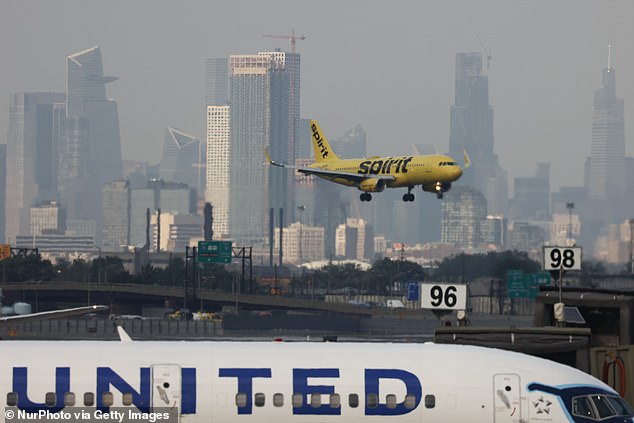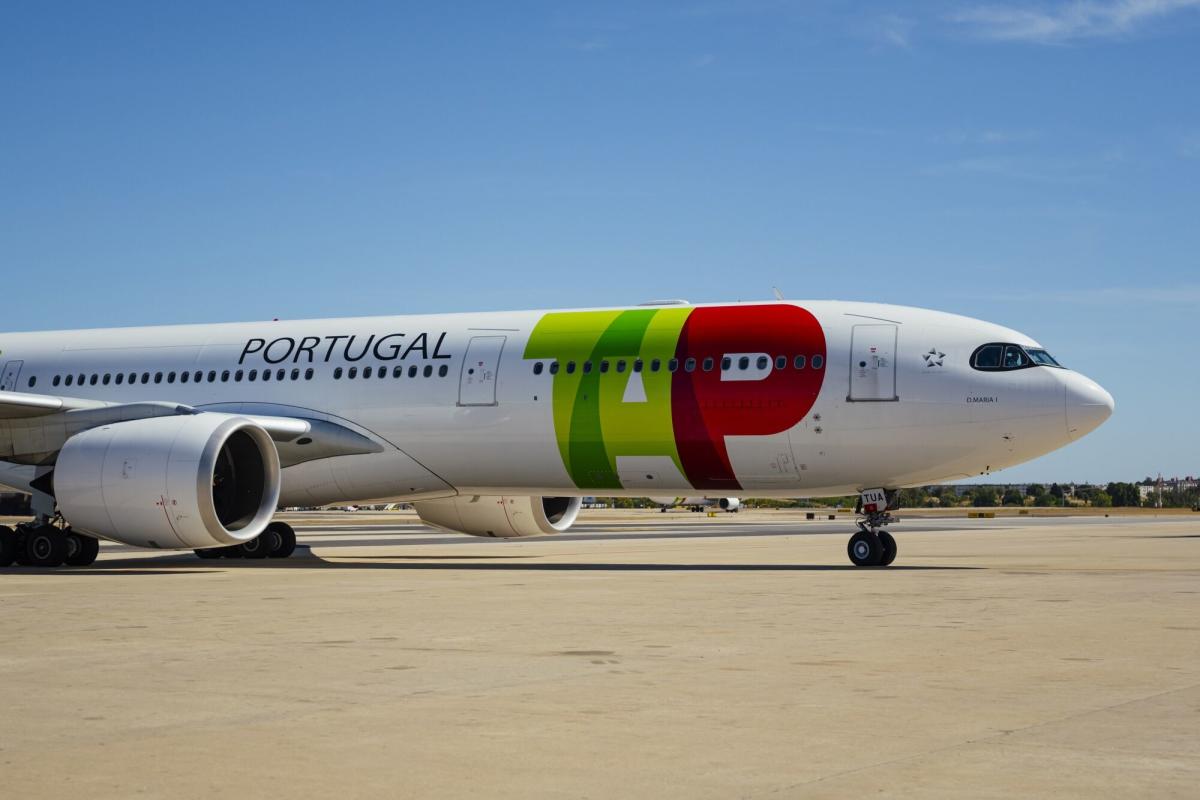by Sangam Prasain
KATHMANDU (The Kathmandu Post/ANN) – While cockpit crew will be quarantined for a week, all others, including cabin crew and passengers, will be placed in isolation for at least two weeks, officials say.
Foreign nationals are thinning out in Hubei Province, the epicentre of the coronavirus outbreak, as governments across the world are fast evacuating their citizens. For the 182 Nepalis who have asked to be airlifted out of Hubei, Saturday will come as a relief.
A 274-seater Nepal Airlines Airbus A330 will depart from Kathmandu’s Tribhuvan International Airport at 2:45 pm local time on Saturday and land at Wuhan Tianhe International Airport at 9:00 pm local time, flying over India, Bangladesh and Myanmar.
Saturday’s flight appeared uncertain as of late Friday night, as Nepal Airlines had yet to receive clearance from China. Clearance only arrived at 7.30 pm, according to Captain Deepu Jwarchan, director of Nepal Airlines’ operations department.
According to Jwarchan, the evacuation plane will have two captains—one foreigner and one Nepali—with flight attendants, doctors, an engineer and other technical personnel. The plane, at the initiative of the Health Ministry, will also carry health personnel with expertise to deal with infectious diseases, according to Nepal Airlines officials.
The plane will airlift at least 182 people stranded in Hubei who have expressed their desire through the Embassy of Nepal in Beijing to return home. Jwarchan said that all these Nepalis will have to undergo a detailed health check-up under quarantine conditions before they board the plane.
In China, Nepal Airlines has appointed Mainland Ground Express Limited, a Chinese aviation logistics company, to facilitate handling of the Nepalis at the airport, according to Jwarchan.
According to Nepal Airlines officials, the cabin crew would be de-rostered and kept under observation.
Cockpit crew members will only be allowed to return to duty after spending at least a week in isolation, provided that they do not develop any symptoms. The rest of the cabin crew, however, will have to remain in quarantine for at least two weeks.
“They will be constantly monitored by doctors,” said Jwarchan.
Earlier, when plans to send the Nepal Airlines aircraft were being discussed, officials had said that all flying crew would stay at home.
The pilots and cabin crew, including other officials, have already completed training for the evacuation and will undergo detailed briefing before the plane leaves for China on Saturday.
“All procedures are in line with guidelines from the World Health Organization,” said Jwarchan. “All people—flight crew, ground handling, customs and immigration staffers—will be provided with personal protective equipment.”
According to Jwarchan, protective suits, shoes, gloves, masks, eyewear and headgear will be required for the crew and the support staff.
Given the sensitivity of the evacuation and the inherent risk, it has been difficult getting together a crew willing to fly to the epicentre of the outbreak, said officials.
Officials, including pilots, told the Post last week that evacuation from a quarantine zone requires meticulous planning.
In Wuhan, the Civil Aviation Administration of China, the aviation authority, will arrange for all necessary logistics. But after landing in Wuhan, which is being described as a ghost town, the wait for the pilots and cabin crew could be longer than expected.
According to a report in the Hindu newspaper on the evacuation of Indian citizens, pilots had to wait eight hours at Wuhan airport before they returned with Indians evacuees.
“If things go as planned, we will be able to land at 2:15 am [local time] the next day in Kathmandu,” said Jwarchan. “But we cannot say at this point how much time it will take to evacuate people from the airport.”
Sagar Dahal, deputy spokesperson for the Health Ministry, said that they have completed all preparations, including logistics.
“We are sending four health officials, including a doctor. All Nepalis will have to go through screening at the airport in China before boarding the flight,” he said.
According to Dahal, each passenger will be given information at their seat regarding how they will be quarantined and for how long, including provisions for meeting with their families and other legal issues.
“They will also have to fill up a self-declaration form regarding their health condition,” he said.
The new strain of coronavirus, which has now been dubbed Covid-2019, spreads from person-to-person in close proximity, similar to other respiratory illnesses, such as the flu. The virus can be contracted from droplets of bodily fluids—such as saliva or mucus—from an infected person that are dispersed in the air or on surfaces while coughing or sneezing.
The transmission will be of particular concern during transport, as droplets containing the coronavirus could pass between passengers or via surfaces like plane seats and armrests.
Concerns, however, remain over quarantining the evacuees. Though the government has said training centres of the Nepal Electricity Authority and Nepal Drinking Water Corporation in Bhaktapur will be converted into quarantine facilities, locals have protested their placement.


